From Insurgency to the Presidency: Syria’s Uncertain Bet on Ahmed al-Sharaa
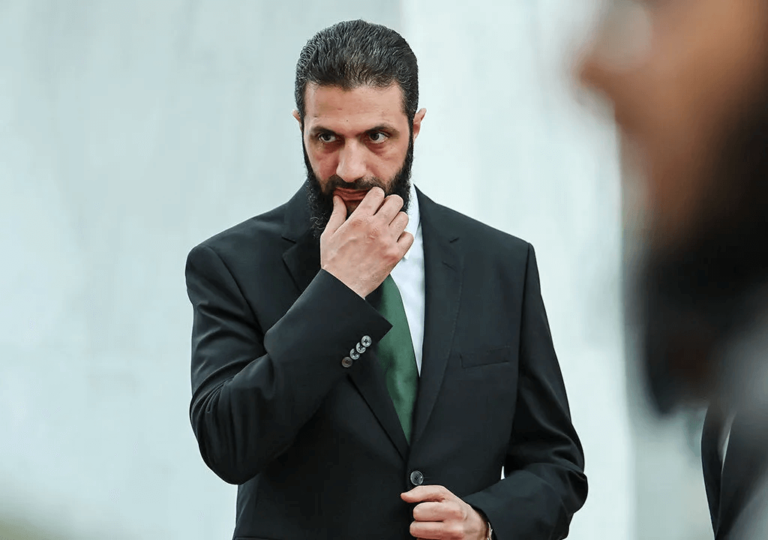
Ahmed al-Sharaa has been appointed Syria's interim president, marking a significant shift after the Assad regime's collapse

Ahmed al-Sharaa has been appointed Syria's interim president, marking a significant shift after the Assad regime's collapse
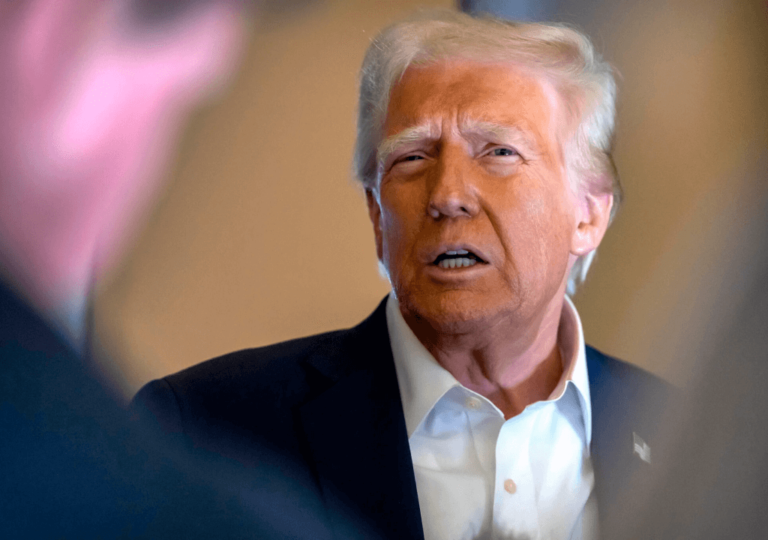
Is Trump’s call for Gazans to “Leave for a Better Life” a strategic policy or mere rhetoric?

Iraq's parliament has passed laws that may legalize child marriage, raising concerns about women's rights and children's protection
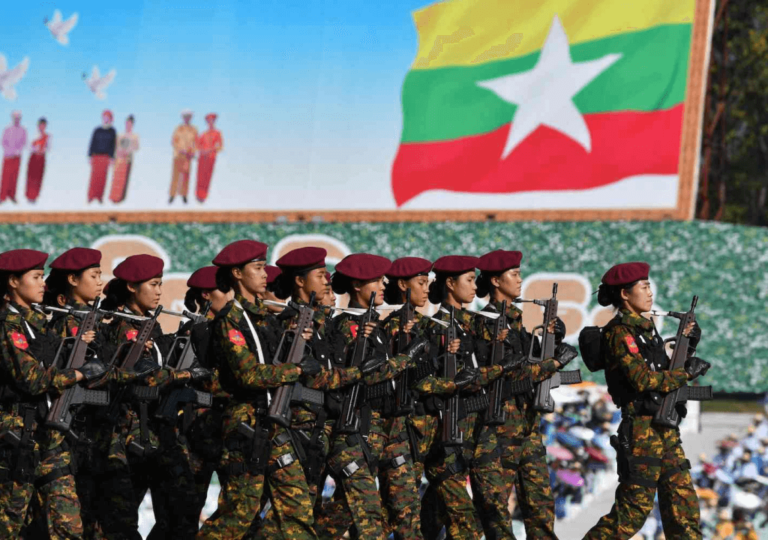
Myanmar's junta and the MNDAA signed a ceasefire agreement, mediated by China, to halt ongoing hostilities
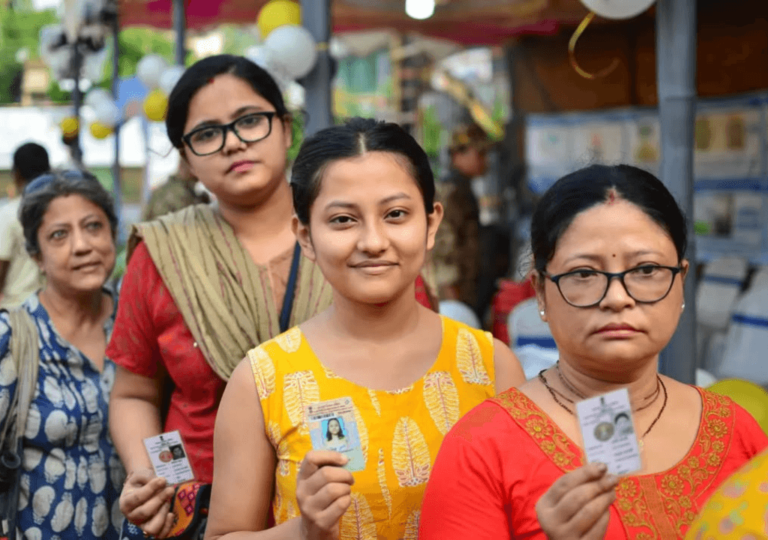
India's political landscape is dominated by the BJP and INC, limiting true multi-party representation

A fragile ceasefire has paused violence in Gaza, raising questions about future governance and humanitarian aid distribution

Speculation abounds on whether Trump’s interest in territorial expansion extends beyond Greenland, with whispers suggesting the Philippines could be a potential target
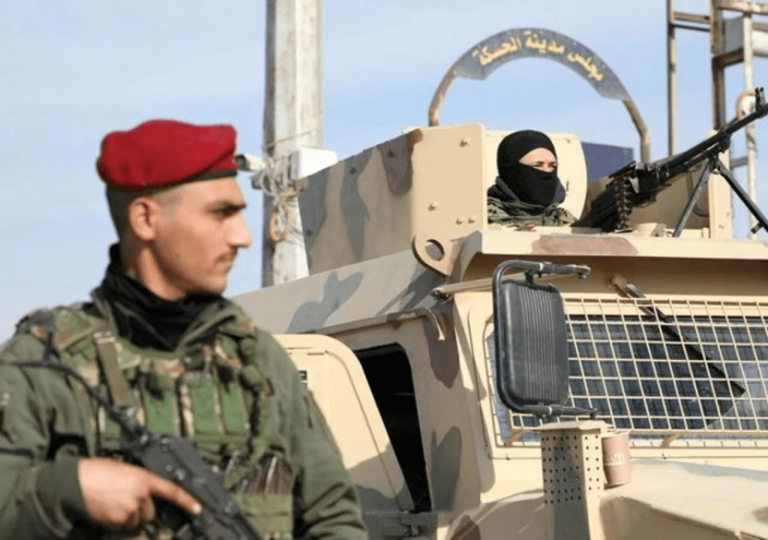
Turkey's role in Syria has shifted, focusing on Kurdish relations and regional influence after Assad's regime fell
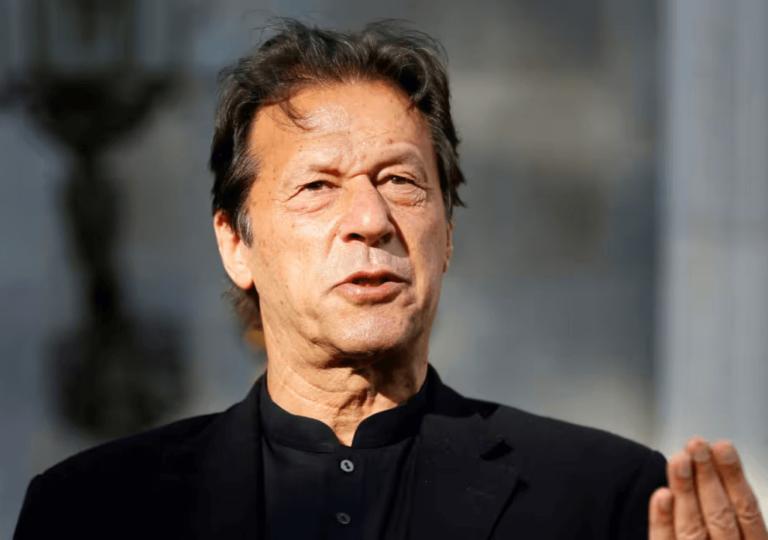
Imran Khan faces a 14-year prison sentence amid political turmoil, as authorities seek to sideline him from politics

Israel and Hamas have agreed to a ceasefire, effective Sunday, to exchange hostages and pause the conflict in Gaza